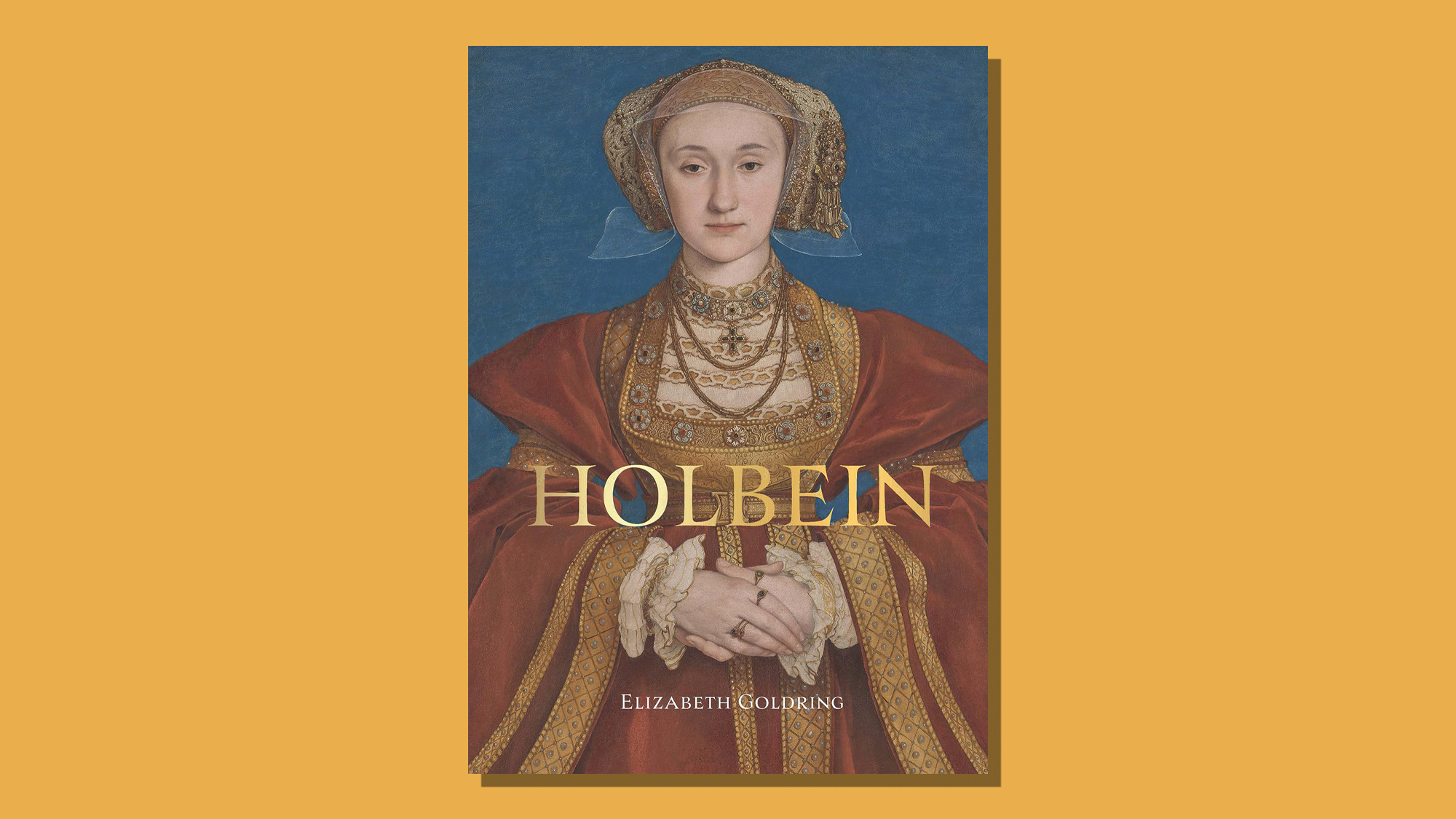Getting the flavor of . . . A reborn city on Lake Champlain and A historic battlefield in Montana
Burlington, the largest city in Vermont, has finally discovered its biggest asset, said Marialisa Calta in The New York Times. After clearing a waterfront littered with decades
A reborn city on Lake Champlain
Burlington, the largest city in Vermont, has finally discovered its biggest asset, said Marialisa Calta in The New York Times. After clearing a waterfront littered with decades’ worth of oil tanks, scrap metal, and junk, it found a treasure “long hidden in plain sight: Lake Champlain.” Today, the town’s cheerful waterfront is crowded with restaurants, shops, and other attractions. The Lake Champlain Maritime Museum, whose main campus is in nearby Vergennes, keeps a replica of the Lois McClure canal schooner on the lakeshore. At the Echo Lake Aquarium and Science Center (Echo is an acronym for Ecology, Culture, History, and Opportunities for stewardship), children can interact with various water-related exhibits. Upscale new hotels include the Marriott Courtyard Burlington Harbor and a Hilton. Restaurants range from the Skinny Pancake, specializing in crepes, to Taste of Burlington, housed in “an 1850s-era, brick-and-timber mill building.” Contact: www.ci.burlington.vt.us
A historic battlefield in Montana
The Week
Escape your echo chamber. Get the facts behind the news, plus analysis from multiple perspectives.

Sign up for The Week's Free Newsletters
From our morning news briefing to a weekly Good News Newsletter, get the best of The Week delivered directly to your inbox.
From our morning news briefing to a weekly Good News Newsletter, get the best of The Week delivered directly to your inbox.
The Battle of Little Bighorn used to be called Custer’s Last Stand, said Robert K. Elder in the Chicago Tribune. In 1876, Civil War hero Gen. George Custer and 262 other men were “slaughtered and scalped” in the rolling hills of Montana when an overwhelming number of Sioux and Cheyenne Indians took them by surprise. Today the Custer Battlefield National Monument is mostly a bronze prairie that stretches for miles into the horizon. Trails include “a short, steep climb up Last Stand Hill.” Here, hiding behind a barricade of 39 dead horses, Custer, his three brothers, and 38 others were killed. Nearby is a small national cemetery. Plain white marble markers where Custer’s men lie buried are now joined by red granite stones, erected since 1999 to honor their American Indian counterparts. One of them reads: “Hevovetaso, Little Whirlwind, a Cheyenne Warrior, fell here on June 25, 1876, while defending the Cheyenne way of life.” Contact: Custermuseum.org
A free daily email with the biggest news stories of the day – and the best features from TheWeek.com
-
 It Was Just an Accident: a ‘striking’ attack on the Iranian regime
It Was Just an Accident: a ‘striking’ attack on the Iranian regimeThe Week Recommends Jafar Panahi’s furious Palme d’Or-winning revenge thriller was made in secret
-
 Singin’ in the Rain: fun Christmas show is ‘pure bottled sunshine’
Singin’ in the Rain: fun Christmas show is ‘pure bottled sunshine’The Week Recommends Raz Shaw’s take on the classic musical is ‘gloriously cheering’
-
 Holbein: ‘a superb and groundbreaking biography’
Holbein: ‘a superb and groundbreaking biography’The Week Recommends Elizabeth Goldring’s ‘definitive account’ brings the German artist ‘vividly to life’